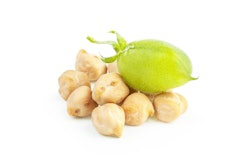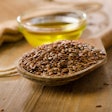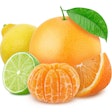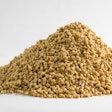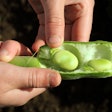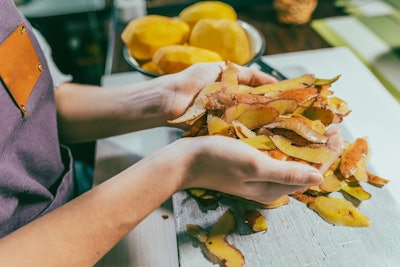
As the world grapples with growing concerns about food waste and sustainable agriculture, innovative solutions are emerging to utilize byproducts that were once considered waste or simply deemed not financially viable.
One such case is the use of potato peels (raw, steamed, or dried) as a feed ingredient for animals. Potato peels provide a potential way to reduce waste, and a nutritious and sustainable addition to animal feeds. In this article, we will explore how we can use potato peels in animal feeds, their nutritional benefits, and considerations for incorporating them into livestock and poultry diets.
Nutritional value of potato peels
Potato peels are produced in vast quantities by the food industry. However, these peels are not waste as they contain valuable nutrients that can benefit animals. Depending on the processing method, potato peels can be particularly rich in:
Fiber: Potato peels are a good source of a varied fiber profile, which aids in digestive motility and promotes gut health in animals. Lamentably, its use as a prebiotic remains largely unexplored.
Vitamins and minerals: They contain various vitamins, including vitamin C (if not steamed), B vitamins, and minerals such as potassium (which is perhaps becoming limiting in low-protein diets).
Protein: While not as protein rich as the potato's flesh, peels still contain a significant amount of protein, making them an additional vegetable source of amino acids.
Energy: Potato peels provide carbohydrates (starch) and, thus, energy to animals, which can vary considerably depending on the peeling process.
Modern advantages of using potato peels in animal feeds
Potato peels come with additional advantages that make them a modern ingredient that vibes with the times of sustainability, resource preservation, etc.
Waste reduction: Utilizing potato peels as a feed ingredient helps reduce food waste, which is a growing concern worldwide. By diverting this byproduct from landfills or compost, we can contribute to a more sustainable food system as we recycle them into valuable animal products.
Cost efficiency: Locally, potato peels can often be obtained at a lower cost compared with imported traditional feed ingredients. This cost-effectiveness can benefit farmers and the environment, especially during times of international trade disruption.
Sustainable agriculture: Reducing the environmental footprint of agriculture is deemed a global priority. Using potato peels in animal feeds aligns with sustainable farming practices, as it minimizes the need for new land and resources to produce feed ingredients.
Alternative to grain-based feeds: In regions where grains are scarce or expensive, potato peels can serve as an economical alternative to supplement animal diets. Basically, this summarizes some of the above points to highlight the local nature of this resource.
Incorporating potato peels into animal feeds
When considering the use of potato peels in animal feed, there are a few key considerations:
Nutritional analysis: Before incorporating potato peels into animal diets, it is crucial to conduct a nutritional analysis to determine their protein, fiber and energy content. Ideally, this analysis should be provided by a trusted supplier.
Processing and storage: Potato peels can be used in their raw form or processed into more stable forms like potato peel pellets or silage. In either case, proper storage is essential to maintain their nutritional value.
Balanced diet: Potato peels should be considered as a complementary feed ingredient rather than a sole source of nutrition. They should be integrated into a well-balanced diet that meets the specific nutritional requirements of the animal species in question.
Palatability: The acceptability of potato peels in animal diets may vary among species. Palatability trials can help determine the willingness of animals to consume feed containing potato peels. More work is needed on this aspect.
The use of potato peels as a feed ingredient for animals offers a promising solution to address food waste and promote sustainable agriculture. With their nutritional value, cost-effectiveness, and potential to reduce waste, potato peels can play a valuable role in animal nutrition. However, it is essential to carefully assess their suitability for different animal species, process them appropriately, and ensure they are part of a balanced diet. As the world seeks more sustainable practices in agriculture, the inclusion of such byproducts in animal feed is a step in the right direction.




